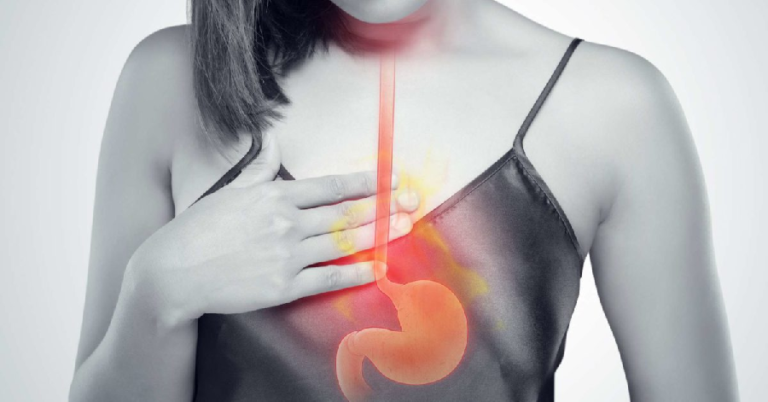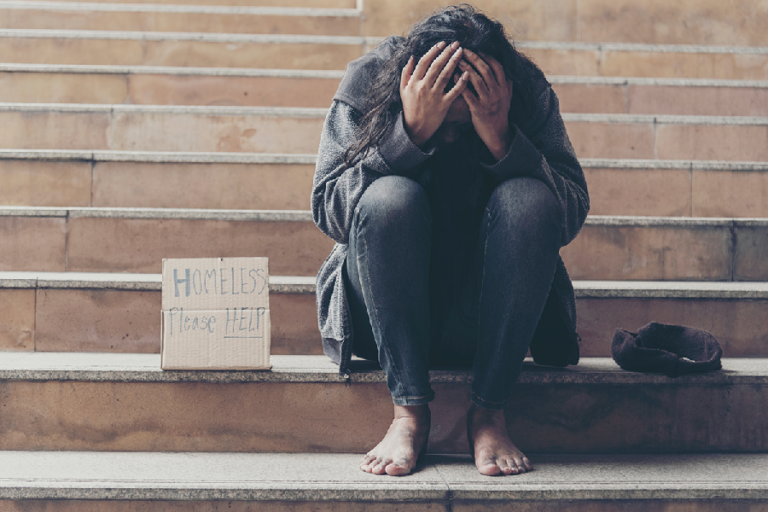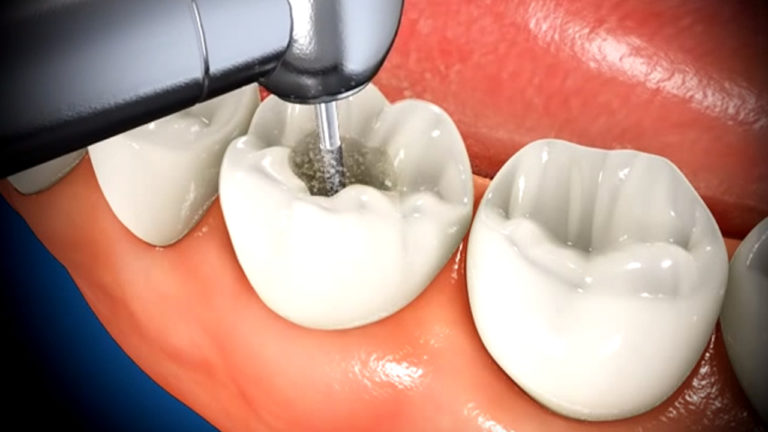Sometimes after eating, you may experience acid reflux, also known as gastroesophageal reflux disease (GERD), or you may only experience it sometimes after eating a rich or fatty meal. GERD is diagnosed once you experience repeated symptoms of acid reflux when acid and food from your abdomen enter your esophagus or mouth. About one in every two adults in the US suffers from acid reflux. Everybody occasionally suffers symptoms, but persistent symptoms should not be disregarded.
If you want to find out, do you have acid reflux, check the online website Acid Reflux Warrior. They have answers to all your problems and doubts. They give complete detail about acid reflux, its causes, symptoms, and the way to avoid it. read their blog section and follow their nutritional diet section to know more about acid reflux.
Symptoms of Acid Reflux
- Heartburn, a burning sensation in your chest, is due to acid reflux. Even though heartburn is fairly common, if you have it frequently (more than twice per week), you may have acid reflux disease and should seek professional treatment.
- Your mouth will taste bitter, and your throat will burn due to acid.
- You may also have trouble swallowing because of acid reflux. Certain foods may “stick” in your throat or give you the feeling that you have lump there.
- Pain from acid reflux often occurs in the chest area, or directly behind the abdomen. You can mistake the burning and discomfort in your chest for cardiac failure.
- Acid from your stomach will enter your throat and lungs when acid reflux leads you to regurgitate it. You can develop signs of respiratory diseases, such as persistent coughing.
The best way to avoid acid reflux is by eating healthy and maintaining a healthy life. There are certain foods to avoid and certain foods to take. Most importantly eating leafy and fibrous food help in cleaning bowels, which also helps in reducing acid reflux. Though these remedies may not cure the problem, they can lessen it.



